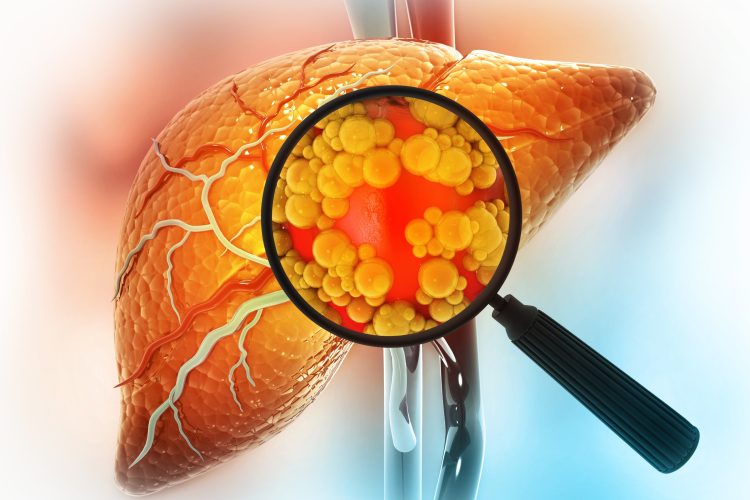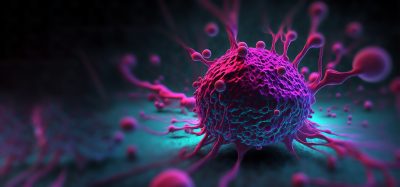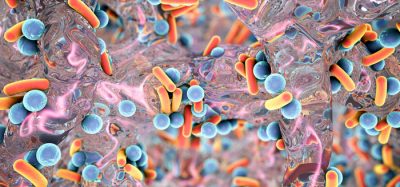Bile acid-enhanced liver organoids set to improve liver disease treatment
Posted: 15 July 2025 | Drug Target Review | No comments yet
Researchers in Japan have developed long-lasting 3D liver organoids from stem cells by incorporating bile acids into the culture medium – offering a new model for studying chronic liver diseases.


Researchers from the Institute of Science Tokyo, in collaboration with the Tokyo Metropolitan Institute of Medical Science and Juntendo University, have successfully developed three-dimensional liver organoids using stem cells and bile acids. This could lay the foundations for future chronic liver disease studies and targeted therapies.
The team reports that the organoids – grown from human induced pluripotent stem cells (iPSCs) – exhibited long-term proliferation while maintaining liver cell-like features. Their findings were published in Cell Reports.
Overcoming a major limitation in liver disease research
The liver’s essential functions – including detoxification, metabolism and digestion – depend largely on hepatocytes – the primary functional cells of the liver. While scientists have been able to produce hepatocyte-like cells (iPS-Heps) from iPSCs, these cells tend to lose their liver-specific characteristics and fail to proliferate for extended periods in culture.
The liver’s essential functions – including detoxification, metabolism and digestion – depend largely on hepatocytes – the primary functional cells of the liver.
To combat this, the research team developed a novel 3D organoid model using a newly designed culture medium enriched with bile acids. “Many aspects of the underlying mechanisms involved in liver cirrhosis and hepatocellular carcinoma remain obscure,” explained Professor Yasuhiro Asahina. “To investigate these disease conditions, human hepatocyte-based systems are needed. However, it has been difficult to both maintain hepatocyte characteristics and propagate the cells in long-term in vitro cultures. This limitation significantly affects the modelling of chronic liver diseases, which require long-term observation.”
Building the organoids: a new medium and structure
The scientists first established 2D cultures of iPS-Hep cells, then embedded them in a solubilised basement membrane to create a 3D culture system. Most important to this method was their new iPSC-derived hepatic organoid (iHO) medium – which included bile acids alongside traditional growth factors.
The results showed a significant difference in structure and proliferation – organoids grown with the iHO medium developed a grape-like morphology and proliferated robustly. In comparison, those cultured without bile acids formed mainly spherical or cyst-like structures.
These hepatic organoids maintained hepatocyte-like traits for over three months – a significant achievement in long-term liver cell culture.
A foetal-like signature and the role of FXR signalling
Gene expression analyses revealed that the organoids closely resembled foetal hepatocytes – pointing to a unique developmental signature. Further research highlighted the importance of farnesoid X receptor (FXR) signalling – a key bile acid-activated pathway – in maintaining these characteristics.
When FXR inhibitors were introduced to the culture medium, the number of organoids dropped significantly, highlighting FXR’s importance. These findings show how bile acid signalling may be used to support liver cell function in vitro.
A platform for virus research and beyond
To test the functional relevance of their system, the researchers used the organoids to model hepatitis C virus infection. The results showed the organoids successfully supported viral replication – offering an important model for studying liver viruses.
“The hepatic organoids developed in our study possess the ability to support replication of hepatitis viruses, indicative of their broad potential for applications in elucidating the pathophysiology of chronic liver diseases – an area that has been difficult to study until now,” said Professor Sei Kakinuma.
A step forward for liver disease modelling and therapy
This breakthrough provides a tool for future research into liver diseases, drug development and regenerative medicine. By mimicking real liver tissue more accurately and enduring longer in culture, these organoids present a significant development in hepatic biology.
As scientists look for new ways to understand and treat chronic liver conditions, the work of the Science Tokyo could eventually lead to life-saving therapies in the future.
Related topics
Drug Discovery, Drug Discovery Processes, In Vitro, Organoids, Regenerative Medicine, Stem Cells, Translational Science
Related conditions
chronic liver disease
Related organisations
Juntendo University, the Institute of Science Tokyo, the Tokyo Metropolitan Institute of Medical Science








